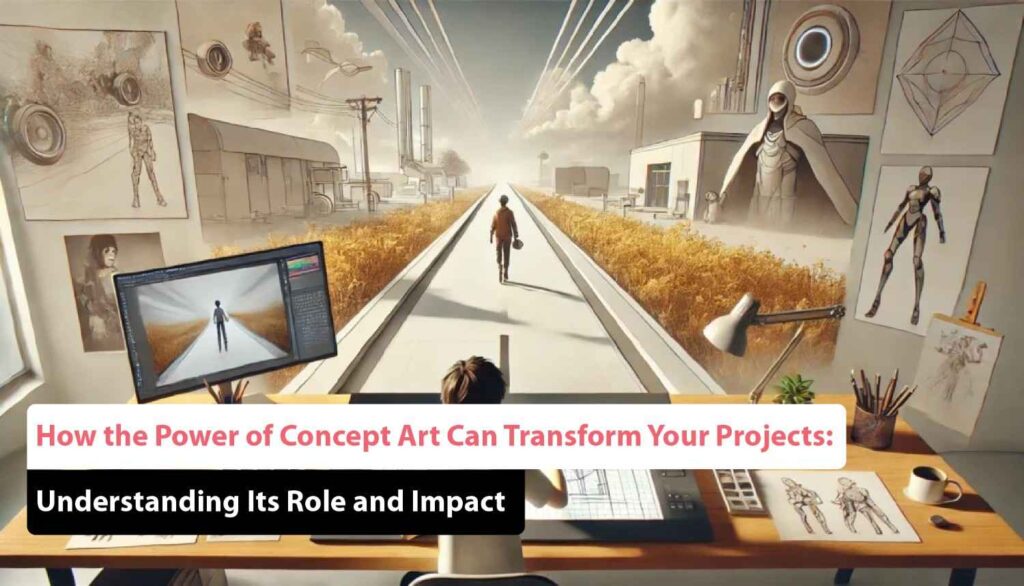
In the fast-evolving world of digital creativity, concept art has become a powerful force shaping the earliest stages of design and storytelling. From blockbuster films to immersive games and cutting-edge animations, the visual blueprint of any creative project often begins with a compelling concept sketch. But what is concept art and why is it important? In this guide, we’ll explore how this foundational art form drives success in projects across industries and how its significance continues to grow in 2025.
What Is Concept Art and Why Is It Important?
Concept art is the initial visual development used to communicate ideas, characters, settings, moods, and storytelling before the production phase begins. It provides a clear and cohesive artistic direction, ensuring that everyone involved in a project shares the same vision. Whether it’s a fantasy landscape or a sci-fi character, concept art allows teams to brainstorm visually.
The importance of concept art lies in its ability to:
- Establish the tone and mood early in the production process
- Guide directors, designers, animators, and developers
- Serve as a reference point throughout development
- Save time and resources by preventing misalignment later
How Concept Art Enhances Visual Storytelling
One of the core benefits of concept art is how it elevates narrative through visual cues. How concept art enhances visual storytelling is evident in projects where environments and characters aren’t just illustrated but deeply connected to the plot.
For example, an eerie castle design for a gothic horror film conveys more than just setting—it establishes a tone that influences costume design, lighting choices, and even sound effects. In animation, expressive character concepts with exaggerated shapes and features provide emotional depth long before any movement is created.
Concept art also:
- Adds emotional resonance to visual narratives
- Provides consistency in tone across all visual elements
- Highlights key themes without dialogue
The Role of Concept Art in Game and Film Production
The role of concept art in game and film production has grown from optional pre-production material to an essential foundation. In 2025, with projects increasing in complexity and realism, pre-visualization is more critical than ever.
In Games:
- Characters, UI/UX, weapons, and environments all begin with concept art.
- Helps define gameplay aesthetics and overall design direction.
- Inspires game mechanics based on the world being built.
In Films:
- Used in storyboarding and pre-visualization (previs).
- Guides production design, costume, props, and set construction.
- Ensures alignment across departments like VFX and cinematography.
For both industries, concept art brings abstract ideas into reality, bridging creative and technical disciplines.
Concept Art Techniques for Beginners
If you’re starting out, mastering concept art techniques for beginners is about focusing on fundamentals and creativity. While industry tools and workflows are evolving rapidly in 2025, a strong foundation in art principles remains key.
Here are essential techniques:
1. Thumbnail Sketching
Quick, small-scale sketches to brainstorm multiple ideas. Focus on silhouettes, composition, and visual impact.
2. Value and Lighting Studies
Understand how light interacts with form using grayscale to create mood and dimension.
3. Perspective and Composition
Master basic one-, two-, and three-point perspective to ensure depth and believability in environments.
4. Color Theory
Experiment with color harmonies to convey emotion and guide the viewer’s eye.
5. Iteration and Refinement
Take feedback seriously and refine designs multiple times. The process often requires several versions before final approval.
Best Concept Art Software for Digital Artists
Technology in 2025 has opened new doors for digital artists. The best concept art software for digital artists offers powerful tools for creativity, speed, and professional-quality output.
Here are top software picks:
1. Adobe Photoshop
Still a gold standard in 2025. Great for painting, sketching, and texturing.
2. Procreate
Popular for its intuitive interface and portability on iPad.
3. Blender (Grease Pencil)
Combines 2D sketching with 3D visualization—ideal for storyboarding and environment design.
4. Clip Studio Paint
Loved by character and manga artists for its brush customization and dynamic posing features.
5. Corel Painter
Offers a traditional painting experience with a natural brush engine.
6. Krita
A free and open-source option with professional-level features for illustration and animation.
How to Create Stunning Concept Art for Your Project
The secret behind how to create stunning concept art for your project is to combine storytelling with structure. Whether you’re designing characters or environments, each visual should support the core narrative of your work.
Step 1: Understand the Brief
Every project begins with a problem to solve. Understand the context, target audience, and tone.
Step 2: Research and Mood Boards
Collect references and visuals that inspire you. Break down the style, shapes, materials, and atmosphere.
Step 3: Sketch Ideas
Begin with thumbnails and explore many concepts. Don’t focus on details yet. Just get ideas flowing.
Step 4: Choose the Best Concepts to Develop
Select your strongest ideas and start refining their shapes, anatomy, and elements.
Step 5: Add Color and Texture
Introduce value ranges, lighting, and basic colors to enhance mood. Use custom brushes and photo textures for added realism.
Step 6: Final Polish
Once feedback is applied, refine the piece with sharp lines, balanced composition, and detail.
Bonus Tips:
- Keep your layers organized for easy editing.
- Save different versions as your design evolves.
- Incorporate feedback loops into your process.
Why Concept Art Matters More Than Ever in 2025
In 2025, visual storytelling is more competitive and collaborative than ever. With virtual production, AI-enhanced tools, and global creative teams, the need for clear visual direction is paramount.
Concept art isn’t just an aesthetic tool—it’s a communication tool.
It helps:
- Align directors, clients, and stakeholders on a single vision.
- Inspire the tone of an entire project before major investments are made.
- Bridge the gap between imagination and production.
Whether you’re working on a feature film, mobile game, VR experience, or animated short, concept art ensures that every person on the team is headed in the same direction.
Future Trends in Concept Art
As we look into 2025, concept art continues to evolve alongside technology:
1. AI-Assisted Concept Art
Generative AI tools are being used for ideation, rapid prototyping, and enhancing detail—although human creativity still leads.
2. 3D Blocking in Early Stages
More artists are combining 2D sketches with 3D base models for accurate lighting and perspective.
3. Remote and Collaborative Platforms
Cloud-based platforms allow concept artists to collaborate with teams around the world in real time.
4. Integration into VR/AR Workflows
VR tools let artists “step inside” their environment concepts, bringing a new level of realism.
5. Cross-disciplinary Skill Sets
Concept artists are expected to understand basic modeling, animation, and game engines, making them hybrid creatives.
Final Thoughts
The power of concept art is no longer optional—it’s the heartbeat of visual storytelling. It shapes dreams into shareable visions and turns abstract ideas into vivid worlds. Understanding what is concept art and why is it important is essential not just for artists, but for anyone involved in creative production in 2025.
By investing in the right tools, mastering essential techniques, and understanding its broader role, you’ll unlock a powerful skill that elevates your storytelling, enhances collaboration, and brings any vision to life.
Frequently Asked Questions (FAQ’s)
What is concept art?
Concept art is a visual representation of ideas and designs for a project, such as an animation or video game. It serves as a blueprint for the final product, providing a clear vision of characters, settings, and objects. Concept art helps to communicate and solidify the artistic direction before the project moves into production.
Why is concept art important?
Concept art is crucial because it aligns the creative vision across all team members, preventing inconsistencies and ensuring that the final product meets the intended artistic direction. It is a reference point for illustrators and animators, guiding their work and maintaining visual coherence throughout the project. Without concept art, the project risks straying from its original vision, leading to potential rework and inefficiencies.
What does a concept artist do?
A concept artist creates initial sketches and detailed designs based on a client’s brief. They produce visual representations of characters, objects, and environments, and refine these designs based on feedback to guide the project’s development. Concept artists play a key role in translating abstract ideas into tangible visuals that the rest of the creative team can use.
What skills are needed to be a concept artist?
Essential skills include drawing proficiency, creativity, effective communication, knowledge of animation principles, and the ability to manage freelance work and deadlines. Familiarity with digital tools and traditional art techniques is also important. Concept artists must be adept at visual storytelling and capable of adapting their style to fit the project’s needs.
What tools and software do concept artists use?
Concept artists use a variety of tools, including graphics tablets and digital painting software like Photoshop, Corel Painter, Manga Studio, Procreate, and ArtRage. Traditional mediums such as oil paints and pencils are also valuable for developing skills. The choice of tools often depends on the project’s requirements and the artist’s preference.





